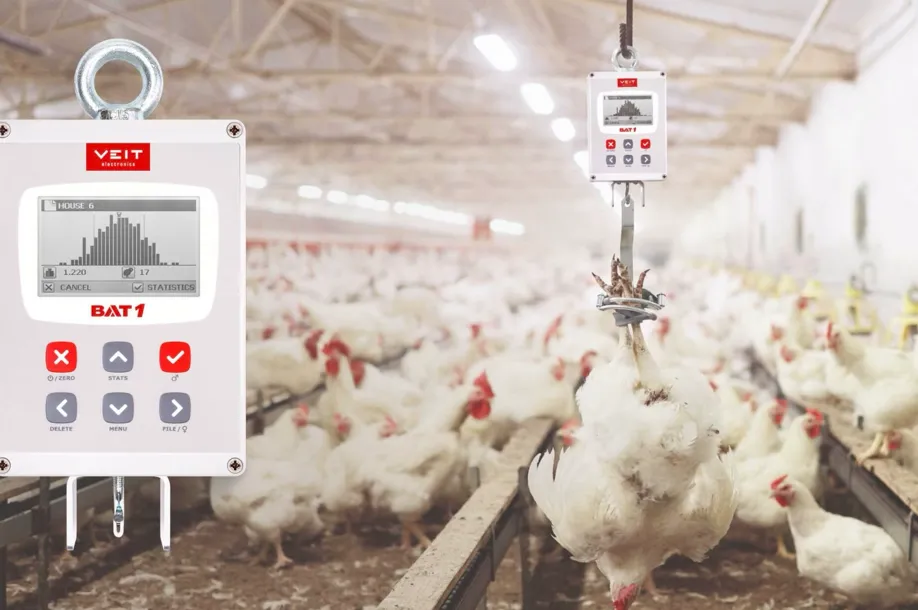Retrofitting is updating your home with new technologies or structures to make it more energy efficient and lower energy bills in the long run. This structural or technological makeover can be approached in several ways, with some homeowners focusing on single rooms while others look to retrofit their whole house. As retrofitting focuses solely on updating and upgrading your home’s energy efficiency, it differs from a traditional house renovation that centres on layout and/or aesthetics.
Due to the many advantages of retrofitting, the UK government launched the Energy Company Obligation (ECO4) scheme to provide free heat pump grants to low-income households. This scheme also allows vulnerable people to access retrofitting benefits and enjoy a sustainable future.
What is an Air Source Heat Pump?
An air source heat pump is an energy-efficient heating system that uses electricity and renewable energy to move heat from one place to another. ASHPs extract free energy from the air outside your home to warm your interior space. Unlike traditional heating systems, which rely on burning fuel such as gas or oil, ASHPs are much more efficient than other forms of heating, as they require less energy input for the same output. The result is reduced energy bills and enhanced comfort during cold climates.
Heat pumps account for less than 2% of UK homes compared to traditional boilers. This is incredibly low compared to other countries, such as Norway, where over a third of homes have heat pumps and 95% of new homes are installed with heat pumps. The slower uptake in the UK is primarily due to our lack of understanding of this relatively new technology and our general traditional use of boilers. But with the ease of installation and many cost benefits, is it not a better time to invest?
Why Do We Need to Retrofit Our Homes with Air Source Heat Pumps?
Retrofitting is becoming more and more prevalent due to the multiple benefits it brings. Some of the factors you might want to understand retrofitting include:
Energy Efficiency: Upgrading windows, doors, home insulation, heating systems, etc., can improve your property’s energy efficiency, which can also improve the results of your energy performance certificate.
Savings on Energy Bills: Homeowners can expect to save money in the long term with lower energy bills after a home retrofit.
Property Value Increase: Retrofitted UK homes have the potential to be worth more on the housing market.
Improved Standard of Living: Retrofitting means less heat loss and improved structural components such as draught-proofing and good insulation mean fewer cold homes, which in turn means a better standard of living.
Reaching Climate Change Goals: The UK aims to be net zero by 2050. Many experts believe a national retrofit strategy for the country’s housing stock can help us achieve those targets.
Does Your Home Need Retrofitting?
While it’s fair to say that almost all domestic buildings in the UK could benefit from some type of retrofit, older buildings are more likely to need a whole-house retrofit, unlike more modern homes, which are built with energy efficiency measures in mind.
However, as the benefits of retrofitting are universal, it makes sense for all households to explore the options of retrofitting and how it could affect the thermal performance of their properties in the future.
What Will A Whole House Retrofit Involve?
A house retrofit aims to upgrade the home, lower energy consumption, reduce utility bills and create a more comfortable and environmentally friendly living space. We can do this by lowering our reliance on fossil fuels, focusing on renewable energy sources, and doing our bit for climate change. Here’s how retrofitting your home could involve.
Assessing Structural Components
Before pursuing a retrofitting project, it’s vital to evaluate the home’s structure’s condition to identify improvement areas and ensure the effectiveness of energy-saving measures. This means taking a closer look at your home’s structural components.
Evaluating the Condition of Windows, Doors, and Insulation
Windows, doors, and insulation play important roles in maintaining a comfortable indoor environment and minimising energy loss. When evaluating, inspect windows and doors for signs of wear, damage, or inadequate sealing that may contribute to drafts and heat loss.
Evaluate the condition and thickness of external and cavity wall insulation, not forgetting attics and floors, to determine if additional insulation or replacement is necessary. Improving insulation and upgrading doors and windows can enhance thermal performance and lower energy consumption.
Checking for Potential Weak Points
Finding potential weak points in the home’s structure is essential for mitigating energy loss and improving overall efficiency. Most weak points include areas around windows and doors, electrical outlets, piping penetrations, and gaps in walls or ceilings. Use thermal imaging or smoke tests to detect air leaks and drafts, particularly where structural components meet, or different building materials intersect.
By addressing these weak points through sealing, insulation, or structural reinforcement, homeowners can optimise energy efficiency, enhance the comfort of their homes, and fully benefit from the retrofit process.
Final Thoughts on House Retrofits
In conclusion, retrofitting offers numerous strategies to enhance your home’s sustainability and energy efficiency. There are numerous options to consider, from insulation upgrades and weatherisation measures to integrating renewable energy systems like solar panels and heat pumps.
By investing in retrofitting, homeowners can reduce their environmental impact and enjoy long-term cost savings, improved comfort, and increased property value. Embracing sustainable living through retrofitting benefits the planet and creates a healthier and more comfortable living environment for you and your family. Discover retrofitting possibilities today and take the first step towards a greener future.






